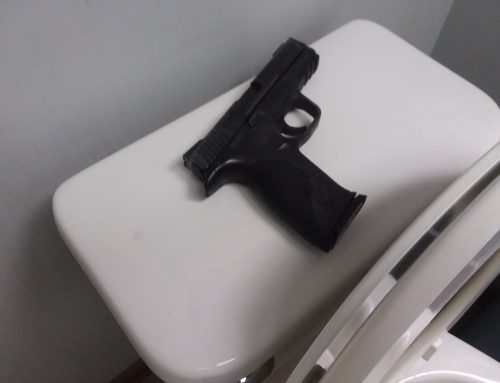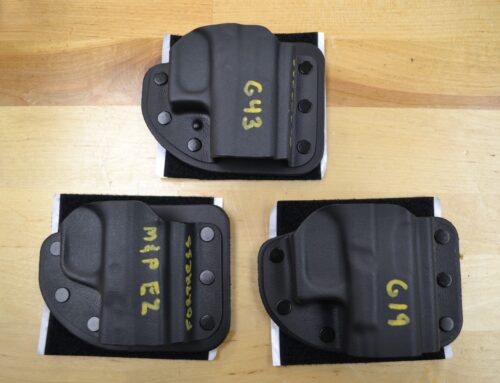“The best way to predict the future is to invent it.” – Alan Kay
Recent terrorist attacks in France resulted in 129 dead and 352 wounded. As of today it’s being reported that 45 of the victims are still in intensive care.
Emergency management personnel across the US are routinely brainstorming scenarios in an attempt to prep for any eventuality, and do a good job of creating lists and vocalizing their warnings. Of course, implementing preparations costs money, which none of them ever have enough of.
There are great people in the Federal and state systems who understand exactly what resources would be needed to deal with 500 casualties of a single violent attack, but there is hardly anywhere near enough of the EMS required to deal with it at any one place in the nation.
In the Chicagoland area there are only three hospitals known for their advanced abilities to treat gunshot wounds – THREE in a major metro area where the worst cases are transported (often by air on Lifeflights) and possess the surgeons and facilities necessary work on critical gunshot wounds…and that’s only if they arrive no more than a few at a time!
The event of a France (or France on steroids) in the US would require mobile medical and surgical facilities to be moved in and set up. Even under the best of conditions that would take an hour. Considering the chaos of such events, and the fact that EMS does not enter a scene until all threats are neutralized, an hour is a pipe dream. There will be lots of dead.
Things to think about:
– If you’re a surgeon, nurse, medic, etc., network with as many others as you can, as well as emergency managers and local police. Make yourself available, and consider your plans for transport to the scene in the event of an attack. Perhaps your local FEMA or Emergency Management is interested in issuing you an ID of sorts so you can bypass road blocks and have priority access.
– Assemble your own major trauma kits now. There is never enough of anything other than wounded people during such events. Dressings, IV’s, burn care, TQ’s – real stuff for real injuries. Assemble as big a kit as you can carry, and then assemble another one, and another… Keep one in your trunk, along with blankets, spare clothing, flashlights and batteries, sturdy footwear (boots), rain gear, cold weather clothing, toiletries, and at least 3 days food and water. Add whatever else you want to the list; just imagine having to stay on scene for a few days with no access to resupply, and go from there. Also keep a trauma kit at home, and have at least one spare to hand off to someone else.
– Don’t go anywhere without an Israeli Battle Dressing on your person. In battlefield medicine 60% of gunshot casualties die due to exsanguination. That means you can save 3 out of 5 by simply stopping the bleeding!
Lastly:
The best thing all of us can do for our own health is to neutralize threats before they shoot us first or shoot us more. So, for those who are willing and able – those who are serious, and responsible – those who put the effort into proper training and equipment: CARRY YOUR GUN! No excuses.
They say time heals all wounds. Poetic as that may be, in reality, time just allows wounds to bleed out.
“A little reckless bravery may end up saving your life.” ― Henry Chancellor, The Forgotten Echo





Leave A Comment
You must be logged in to post a comment.